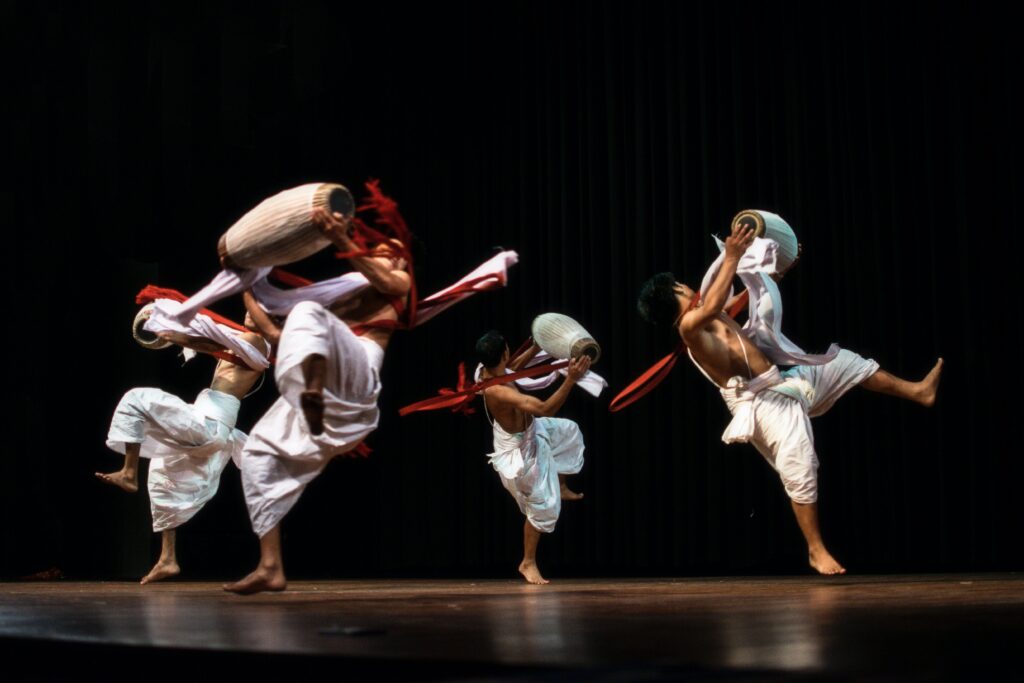by Anna Dalaidi

The 20th century society was complex and full of controversies: dynamic and stagnant, rebellious but still deeply obsolete, rampant while on the verge of collapsing.
During the first decades of the 1900s, the so-called artistic avant-garde depicted the tense climate of uncertainty and unstoppable change by breaking the traditional rules of academicism, introducing unheard-of techniques and letting their creativity transpose feelings onto the canvas. It’s the era of expressionism, cubism, futurism, and surrealism: if their representations of reality are antithetical, they all have a common desire for communicative and candid artistic articulation.
Henri Matisse, born in 1869, navigated the early years of the new century dedicating himself to flattened forms and bright colors, with a total disregard for realism, in line with the bold Fauvism experience. This decade of creative production (1905-1915 ca) resulted in some of the artist’s most famous paintings, among which the allegories of Music and Dance. Both commissioned by the Russian collector Sergej Ščukin, the colors used and the figures represented are the same: five stylized people are painted in a deep red-orange, on a bright green hill contrasting with a primary blue sky. In the Dance, the figures are represented in a twirl, cohesively bouncing in a lively atmosphere. On the other hand, in Music, each individual is solitary, playing an instrument on its own, without engaging in any contact.
How can these two paintings, produced within the same time frame and for the same client, represent such different scenes? The panels, intended to be displayed next to one another, masterfully describe two opposite and complementary visions of society, coexisting in a time of great instability.
On one side, we perceive cohesion and enthusiasm: the painting speaks volumes about the human innate desire for connection, solidarity, and light-heartedness. It was concluded in 1910, in a time of incessant industrial progress and social conquests, when the optimistic Belle Epoque joie de vivre still seemed endless. We are looking at the era of cafes, cinemas, dance halls, where a pretty solid and established middle class was slowly starting to live rather than exist. The figures could represent the exuberant bourgeoisie engaging in a dance at the renowned Moulin de la Galette.
On the lower left side of the painting, a fracture: two bodies don’t hold hands, leaving the circle open. If some critics observe how it could be an invite to join the dance, others highlight the instability that such a simple detail gives to the representation. The joy and the cohesion are constantly threatened by a source of tension that requires resolution. Right before the outbreak of WW1, it was impossible to ignore the rising traction between states, in a global setting that was starting to consecrate nationalisms over international cooperation. Hereby, the absolute immobility of the figures in Music: not a glance, each character is focused on its duty, playing solo.
The same interpretation is current and can speak to us in the same way: without downsizing the discussion to the banal “the internet brings people together but makes them feel lonelier” argument, we can dive into a deeper debate on the relevance of mental health in a society that promotes unreachable living standards. When is it okay to take a step back from the frenetic stream of information, events, invites that seem so crucial to attain socialization? How dramatic do we perceive spending time by ourselves? How much pressure to be constantly engaged and up to date? Such conversations are deeply modern and tied to the development our society is heading towards.
Music and Dance, today displayed together at the Hermitage in St. Petersburg, are a constant reminder of the perceivable extremes that society can be led to: a euphoric dance of happiness and bliss, a glacial music of desolation and misery.
Leave a Reply